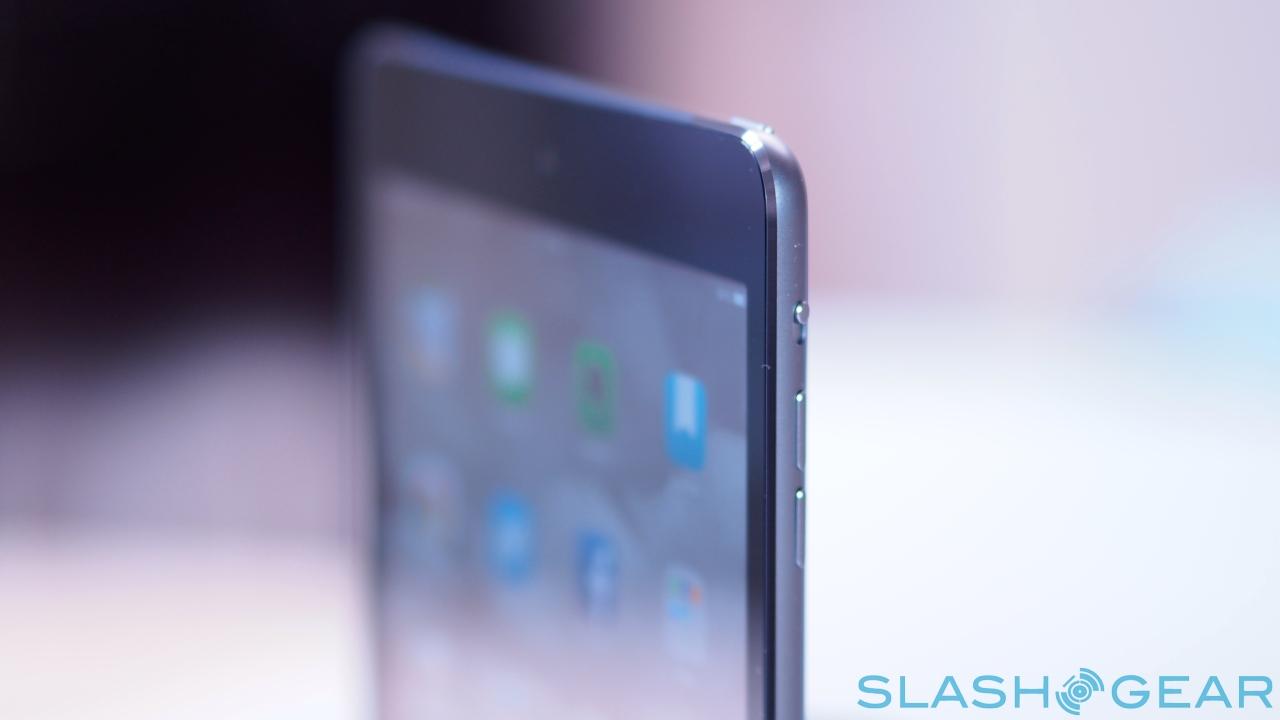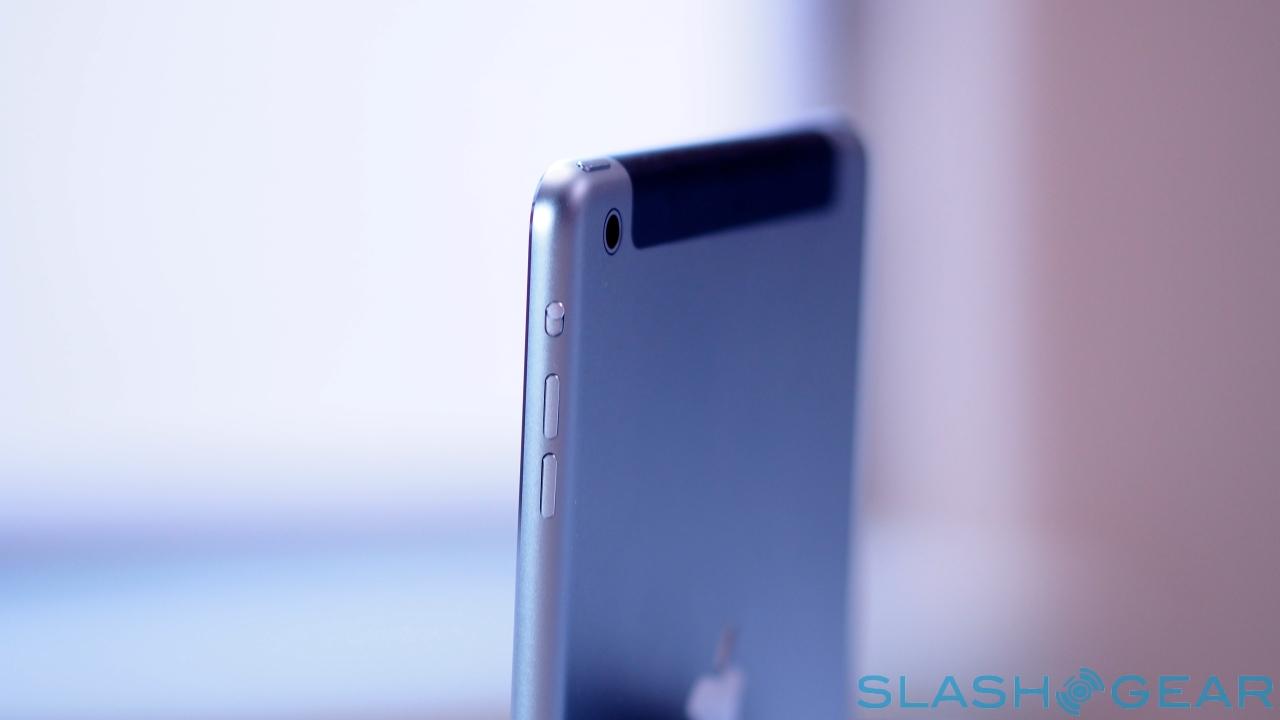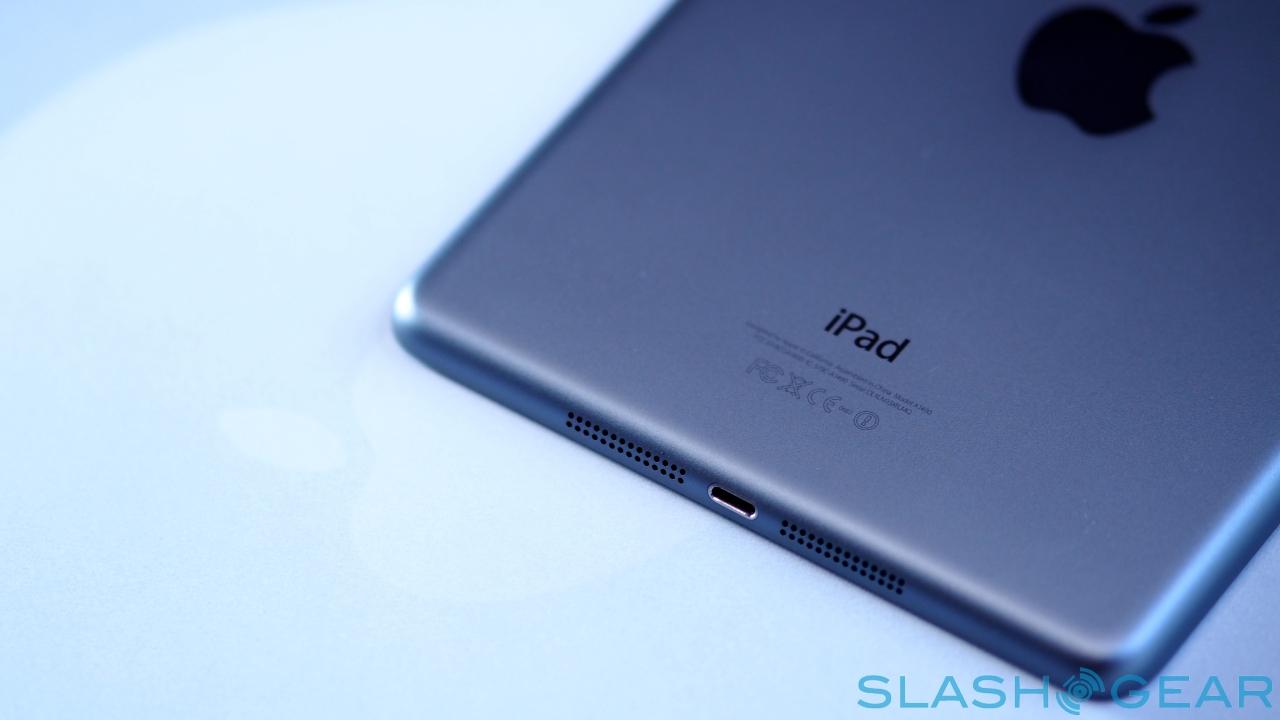iPad mini with Retina display first-impressions
Apple's iPad mini with Retina display is here, the second half of the Cupertino company's two-hit tablet refresh for 2013. Keeping the slender design and tactile metal chassis of before, but updating it with all-new internal hardware and a beautiful Retina display, the second-gen iPad mini arguably smooths away all of the few wrinkles reviewers and owners experienced with the original version. Then again, with the iPad Air raising Apple's full-sized iPad game, the new mini has a lot to live up to. Read on for our first-impressions.
Pick the iPad mini with Retina display up for the first time, and you'd be forgiven for mistaking it for the original – at least, as long as the screen is off. Apple has kept the design effectively unchanged, unlike the iPad Air and its dramatic evolution from the fourth-gen iPad, and in fact the two models are now strikingly similar to look at. Side by side with the first iPad mini you can see that the new version is actually very slightly thicker, by around 0.3mm; unless you go looking for it, you don't really see the change.
iPad mini with Retina display unboxing (special co-host)
Where the iPad Air needed to go on a diet to be comfortably held for extended periods single-handedly, the iPad mini was already sized and weighted for one-handed use. Again, generation to generation there's been a slight increase – from 308g to 331g – but it's so slight as to be effectively unnoticeable. What makes the difference this time around is clear when you turn it on: the screen has gone from the 1024 x 768 of the original iPad to 2048 x 1536, what Apple refers to as Retina resolution.
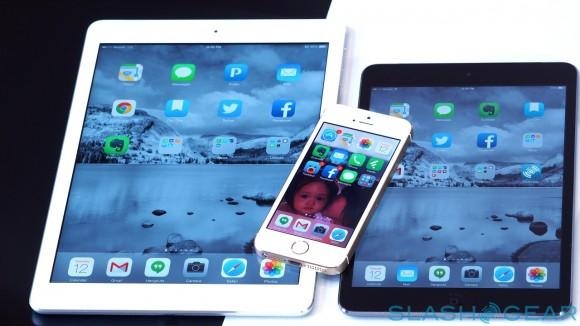
Spread across a 7.9-inch screen, that means 326 ppi pixel density: exactly the same as the iPhone 5s. The end result is a panel where you have to get seriously close to the display to see individual pixels, and which has the same bright colors, huge viewing angles, and great contrast as previous Retina screens. This is, in short, exactly what we wanted from the first-gen iPad.
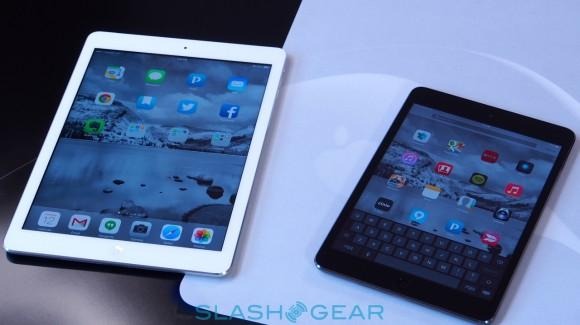
Before, opting for the mini meant accepting a compromise. Although the screen was the most obvious difference, it was the iPad mini's lower-spec internal components, like the slower processor and reduced memory, that had the biggest impact on day-to-day use. The old Apple A5 dualcore chip did the job, but the smaller tablet could run out of steam on more ambitious games or when processing video in iMovie.
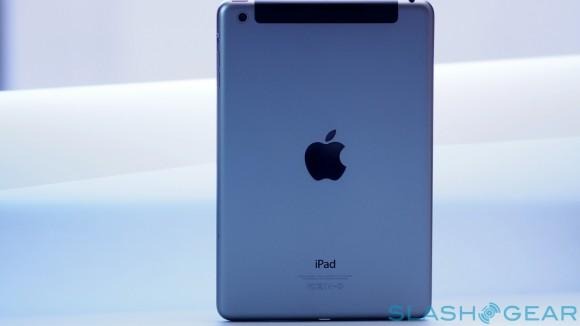
With the arrival of the iPad mini with Retina display, however, what's going on inside the new tablet is just the same as what's inside the iPad Air. No more performance compromise: just a decision between the more expansive screen of the Air or the extra portability of the mini. It's no secret that the iPad Air rejuvenated our interest in Apple's full-sized tablet line, but the iPad mini with Retina display could win back our hearts again.
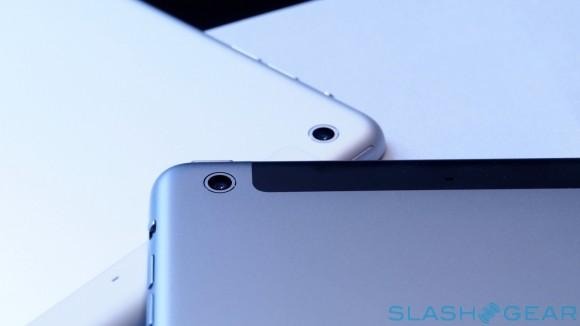
It's early days for testing, but we ran a quick 1080p video export in iMovie to see both how performance held up and whether the new iPad mini would get noticeably hot in the hand. The five minute long clip exported in 2 minutes 10 seconds – just the same as the iPad Air did it, unsurprisingly – with no noticeable change in temperature.
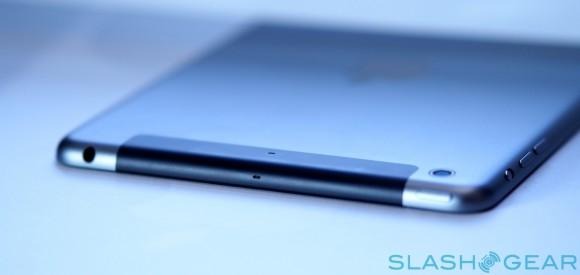
Of course, there are some lingering questions after the hardware upgrade, the most significant being around battery life. The original iPad mini managed to balance lengthy runtimes with its compact form-factor; it particularly excelled as a mobile hotspot, exceeding twenty hours of use (with the display off, sharing Verizon's LTE network) in our testing. With the higher resolution display and more potent processor, it remains to be seen if the second-generation model can deliver the same sort of longevity.
iPad mini with Retina display walkthrough
Sales of the new model began online overnight, though it's still not clear when in-store availability will begin. We'll be putting the iPad mini with Retina display through its paces for the full SlashGear review, so stay tuned for that!

